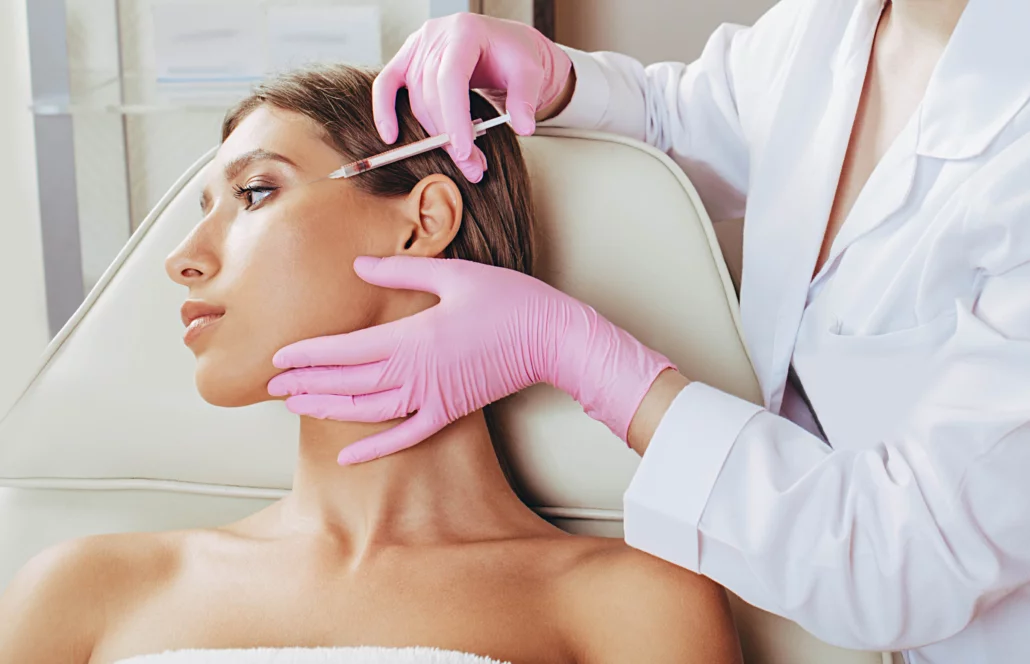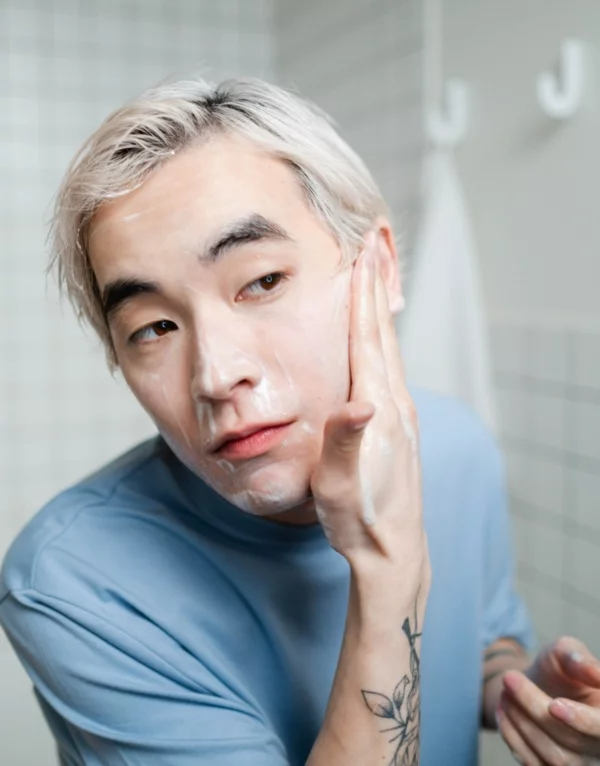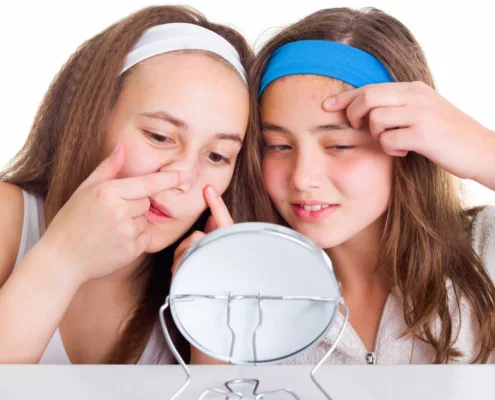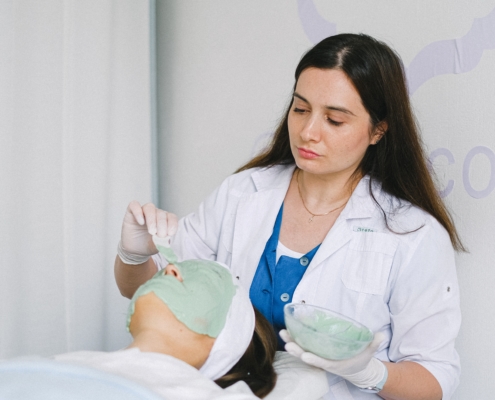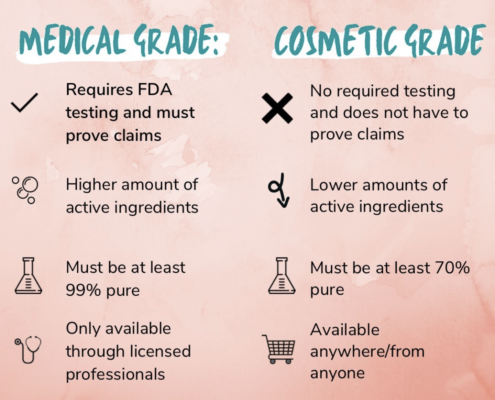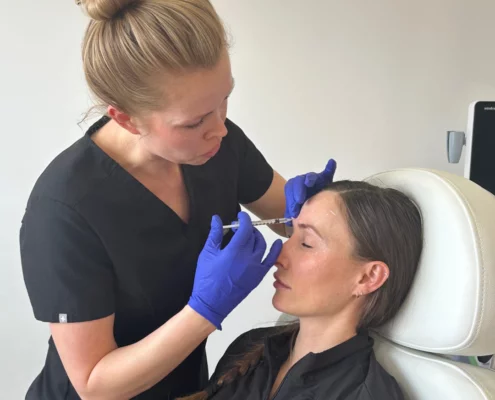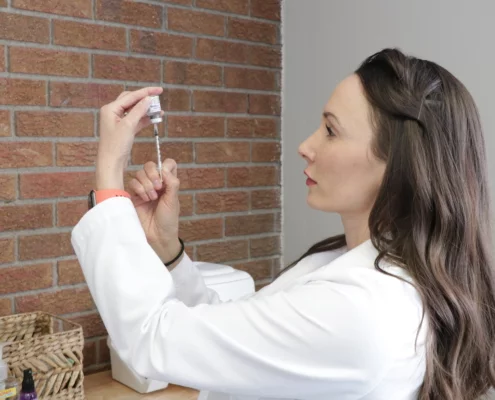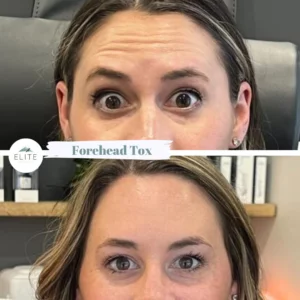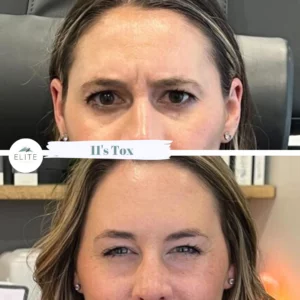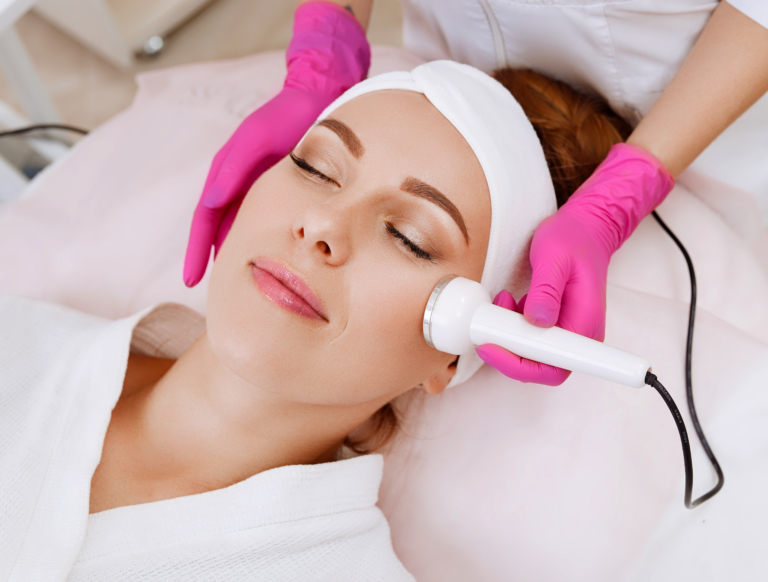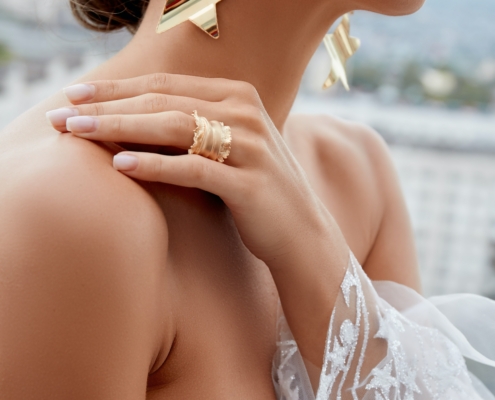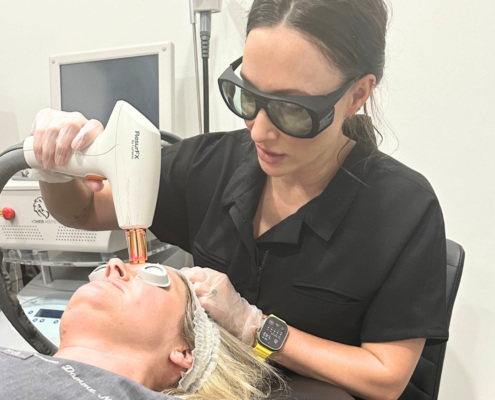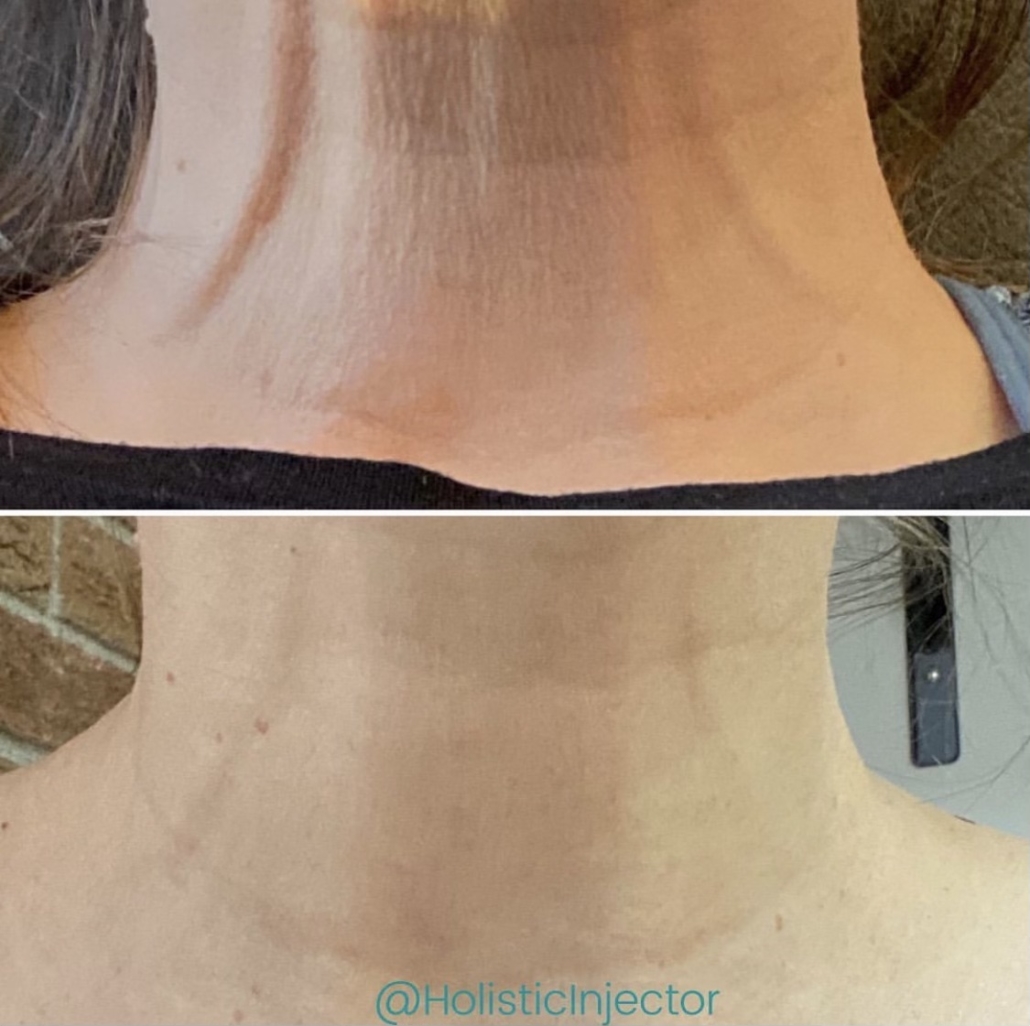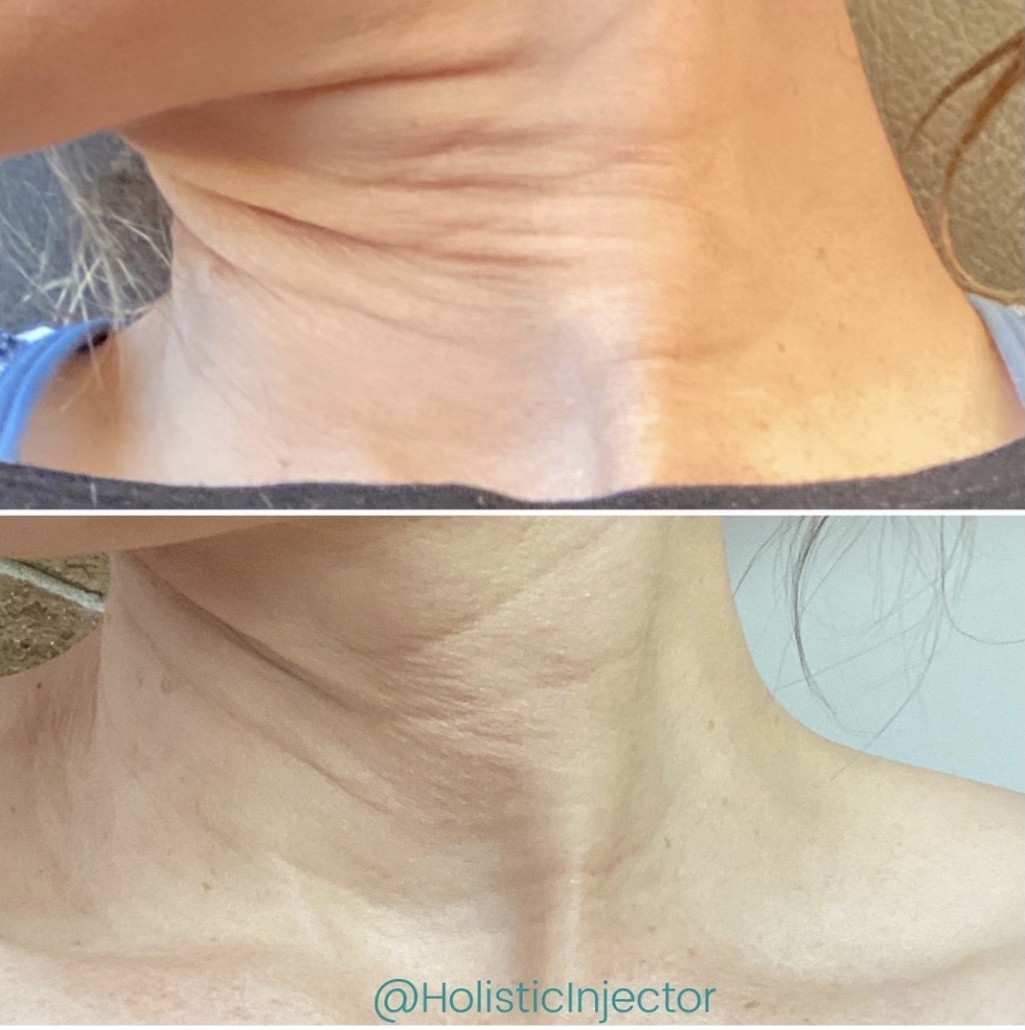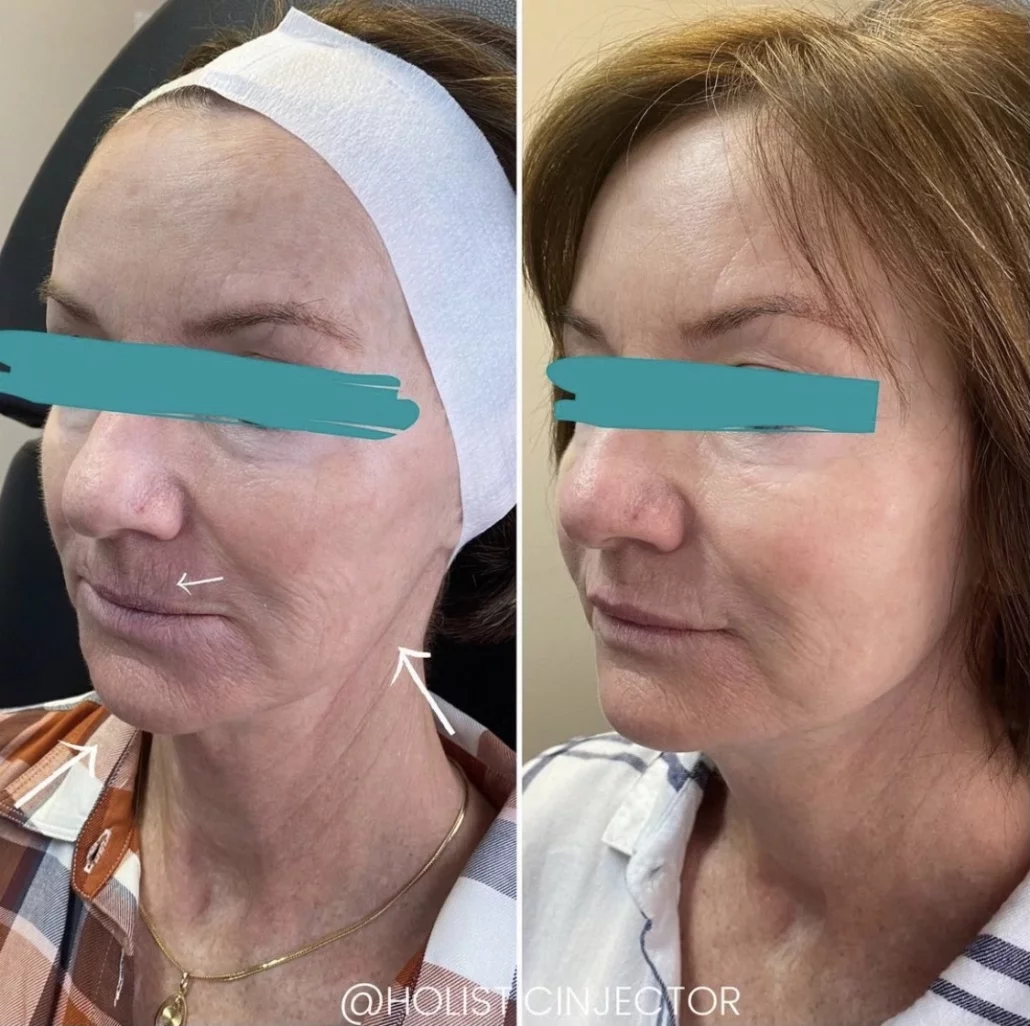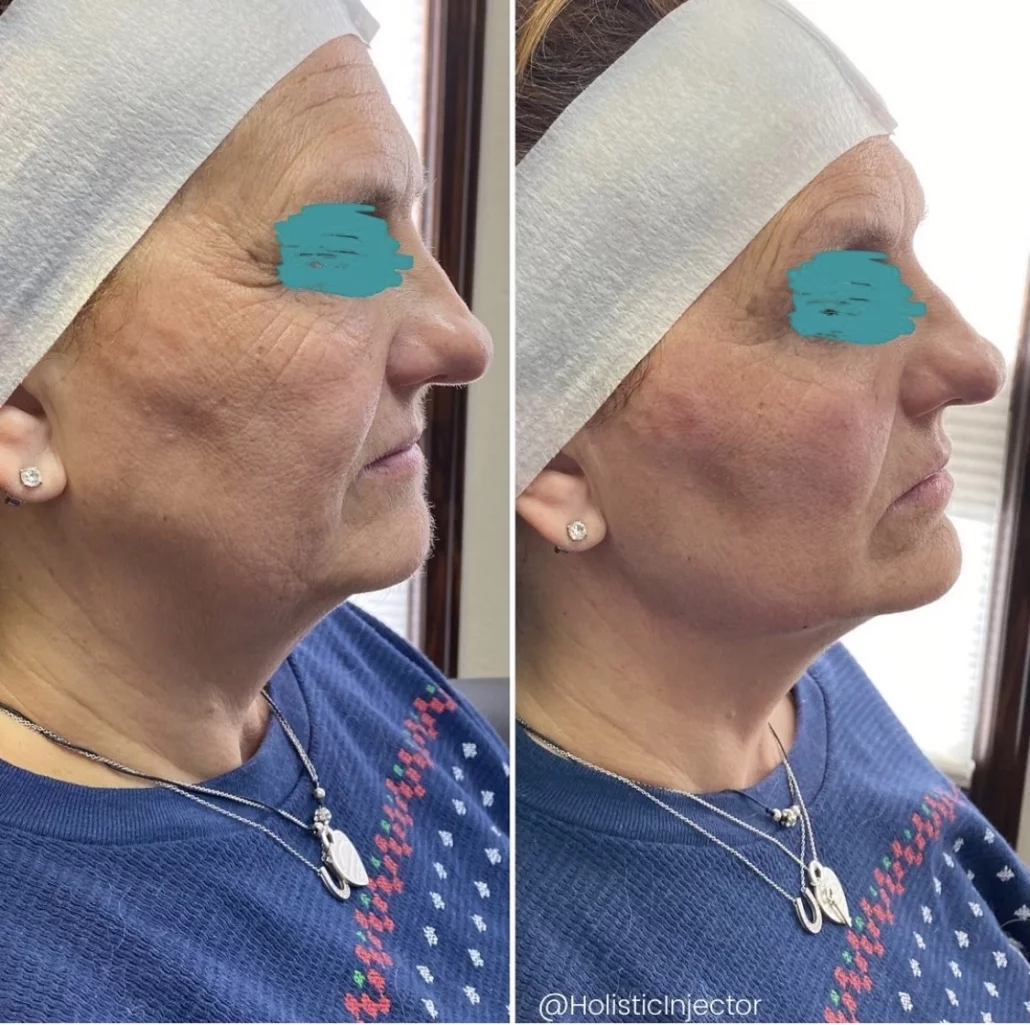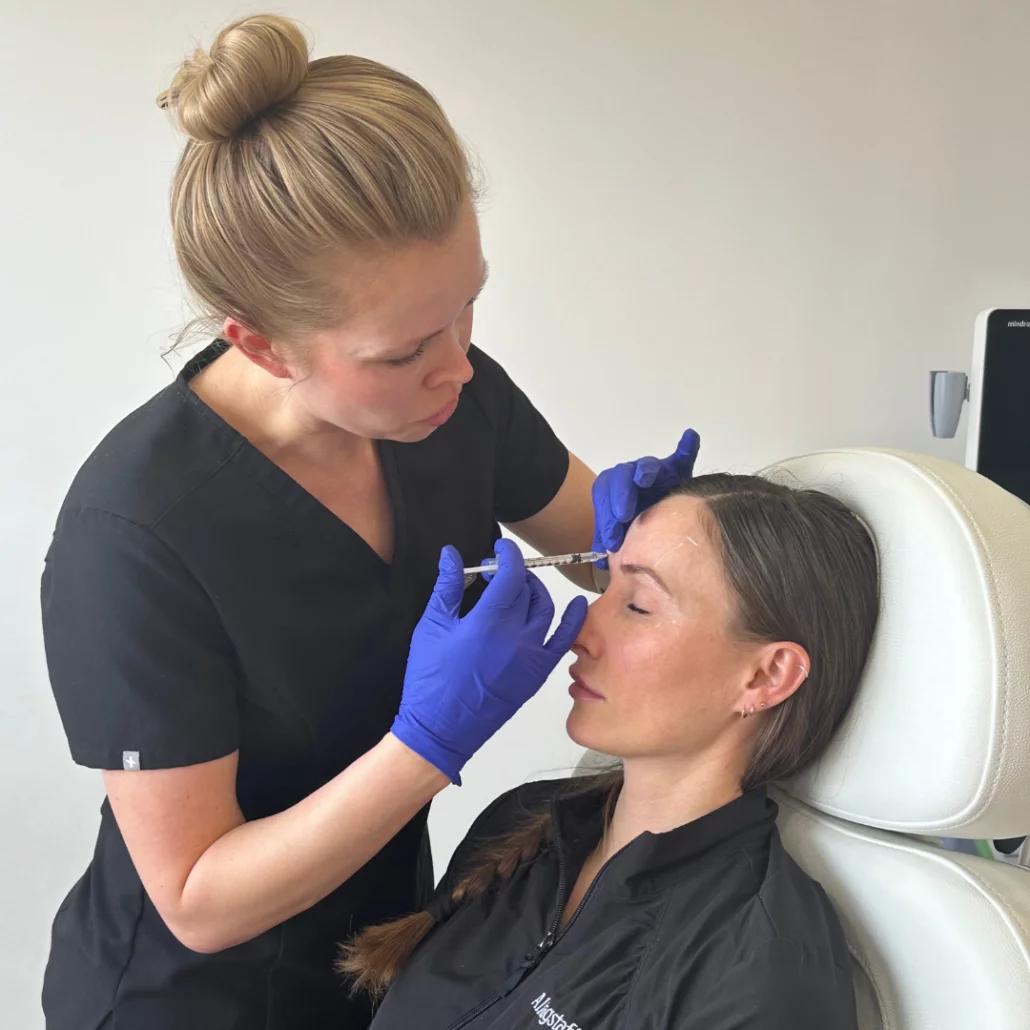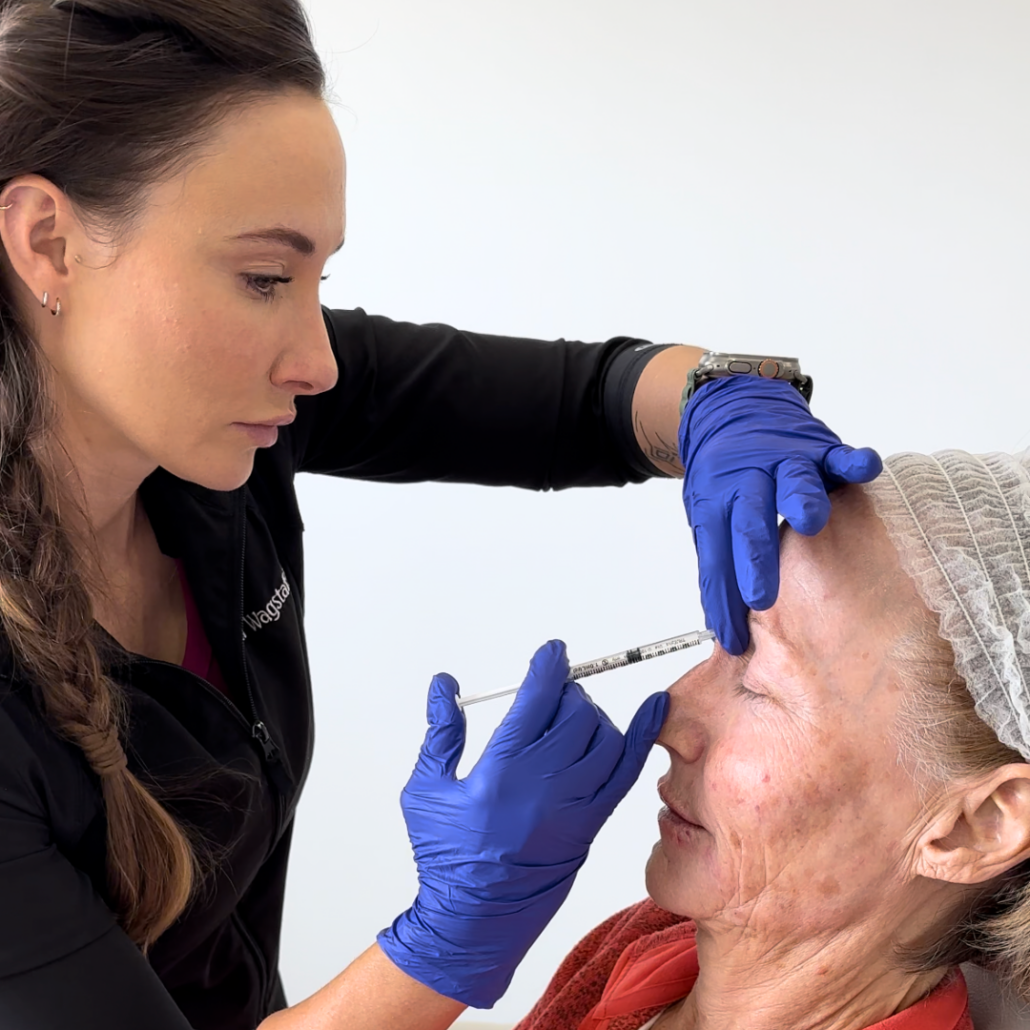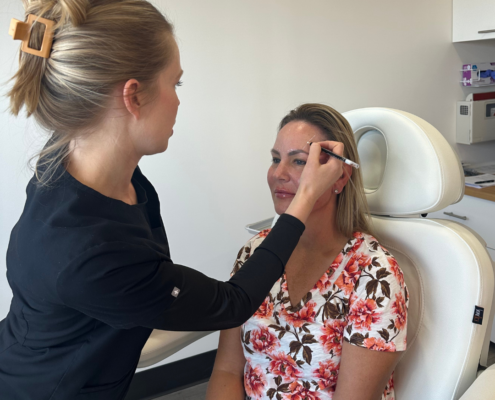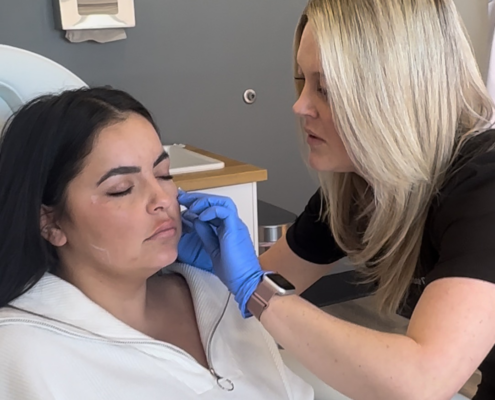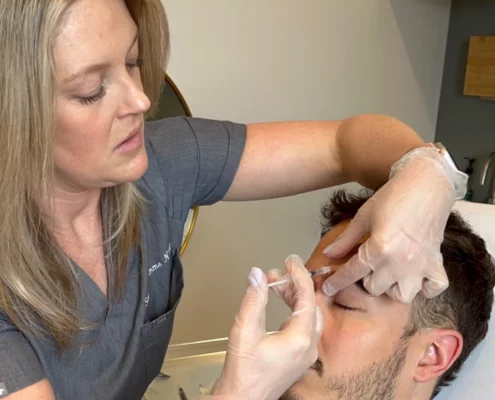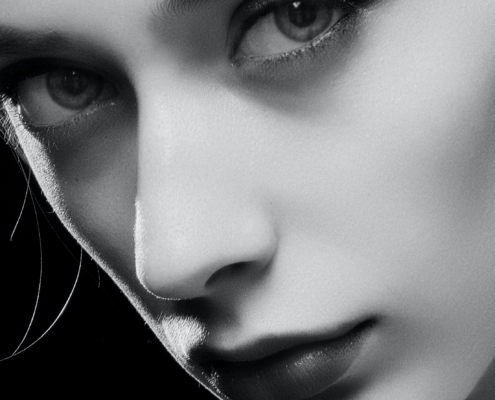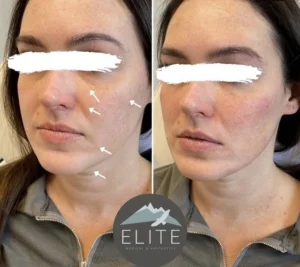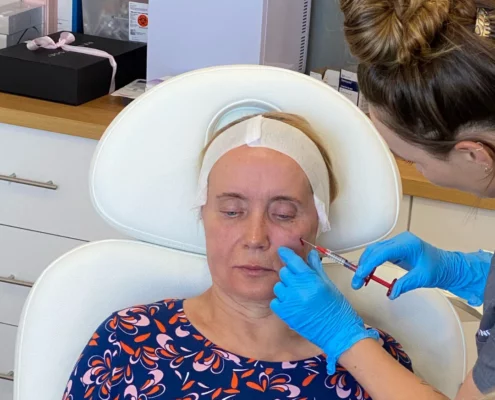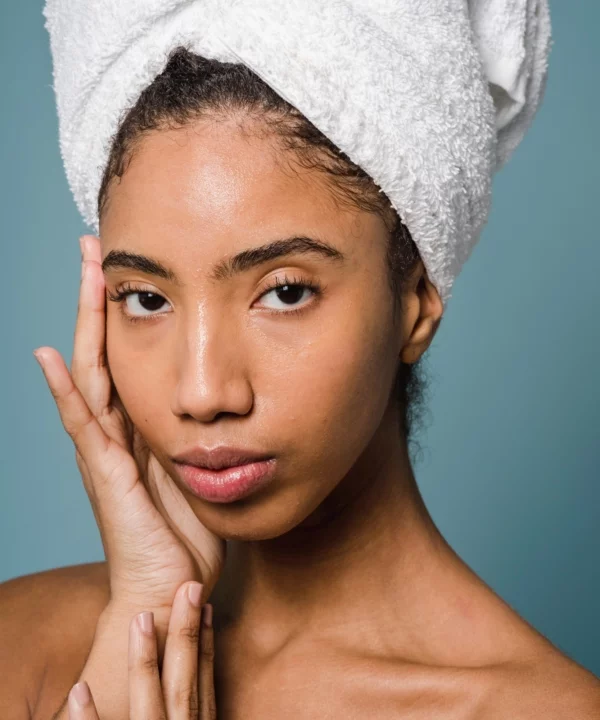Filler and Botox gone wrong? Can you fix it!
February 15, 2022 in Botox, Fillers /by Ali WagstaffLet’s face it, there is nothing worse than getting poor results with injections. One will do anything to fix it ASAP! Check out our “how to fix it” guide below for all queries related to injectables and unwanted outcomes.
Table of Contents
How to prevent bad filler and Botox
Having complete trust in a licensed injector is crucial. Receiving aesthetic injectables can be very nerve-wracking for people. Doing thorough research on the treatment itself, and the injector’s work is a must! Also, going in for a consultation is recommended before jumping in with two feet. That way, you’d have time to talk about all outcomes, including the bad ones and what can be done, before having your treatment.
In general, when administered correctly, most people do not want their dermal fillers or Botox to wear off quickly, at all! These types of treatments are used to enhance natural beauty, and can be done in a way to make one look better without attracting notice that something is different. They’re not usually used to try to recreate a whole new face. Remember that when considering treatments to be kind to yourself, and keep in mind that less is more when you are first starting.
BAD BOTOX: What are my options?:
Can you make botox "wear off faster"?
Botox, or Xeomin and Dysport, unfortunately cannot be reversed. Once this medication is injected into the intended muscle to relax wrinkles and soften existing lines, it limits or completely stops the muscle from moving. On a positive note, this is not a permanent treatment. Results gradually wear off and dissipate after two to three months. Usually the unwanted results wear off faster
High Stress
When there is an increase in stress hormone, we have seen in practice, that Botox may metabolize quicker. We certainly don’t encourage that you try to create stress as it can cause havoc on the body in other ways. Rather, consider controlled stress like exercise. (see below)
Lack of Zinc
A few studies have shown that if there is a diet lacking in zinc, the Botulinum Toxin medications cannot bind to the receptors correctly. So if you are nervous for a first time treatment, consider skipping the Zinc until you see your results.
Extraneous Exercise
Workouts that increase metabolism such as running, HIIT training, and hot yoga lead to higher metabolism rates. It’s possible that a higher metabolism could make results wear off faster
Acupuncture
There are no direct studies on this but we have seen anecdotal evidence in our office that when people are getting acupuncture their results often wear off faster. This is especially when needles are inserted near the treatment area (i.e. forehead)
Can you temporarily fix bad Botox?
Since there are no scientific studies that prove we can make Botox wear off faster, there are a few ways to fix, or alter, the undesired results. Less noticeable mistakes are always a plus! Consult with your injector to see what your options are.
Possible Botox techniques to alter a case of "bad Botox"
Droopy Eyelid– it is very rare to have a droopy eyelid caused by Botox alone, if it happens- this is called lid ptosis. Immediately see your injector and they will assess if prescribed eyedrops are needed to help prop the eyelid up. Sometimes counter injections of Botox on the actual eyelid can help as well. The good news is that this side effect typically wears off within a few weeks to a few months and it is not permanent.
Heavy Eyebrows– here are two potential causes of the feeling of heavy eyebrows:
1. the injector over-treated the forehead. If the injector properly treated the glabellar area, then, unfortunately, you have to wait for this to loosen up over a few weeks or months.
2. the injector did not treat the glabella area enough or not at all. This is an easy fix with additional Botox to the glabella to stop the pulling down of the brows.
One Raised Eyebrow– this is usually an easy fix, the injector needs to add more Botox to the eyebrow that is having more movement and causing you to have uneven eyebrows.
Once I start Botox, can I stop?
Yes! There is no reason you cannot stop doing Botox at any point in time. However, when injected properly, most people are addicted to “aging gracefully”.
Read more about reversing bad Botox and Fillers HERE
BAD FILLER: what are my options?
Again, the best way to prevent “bad filler” is to go to an experienced injector whose work you have seen. These are medical procedures that are just as much art as they are science. Both are crucial to good results. Trying to save money here, will usually cost more in the long-run if you have to have your filler dissolved and re-done.
Can you reverse dermal filler?
The good news is, yes, you can reverse many types of dermal filler! Most dermal filler injections are made from a substance called Hyaluronic Acid (HA), and there is an enzyme called Hyaluronidase, that dissolves HA. This is a prescribed medication that has to be administered by a medical professional only.
Can Hyaluronidase fix bad filler ASAP?
Yes it can. Once the enzyme is injected in the desired area, it immediately starts working over the next 24 hours. However, additional treatments may be needed if the filler used was a thicker product.
What fillers are HA?
Most FDA approved filler brands including: Juvederm, Restylane, Versa, and RHA products are made from HA. Again, emphasizing the importance of doing your research and consulting with your injector beforehand so you are aware of the types of products and potential risks.
Is there any scientific proof of dissolving filler?
This study, published in JAMA Network, displays the effectiveness, over a 4 week period, of injecting hyaluronidase into HA fillers; Restylane and Juvederm. The data determines that at a 4-week follow up from initial dissolving, hyaluronidase at low doses was effective at dissolving HA filler.
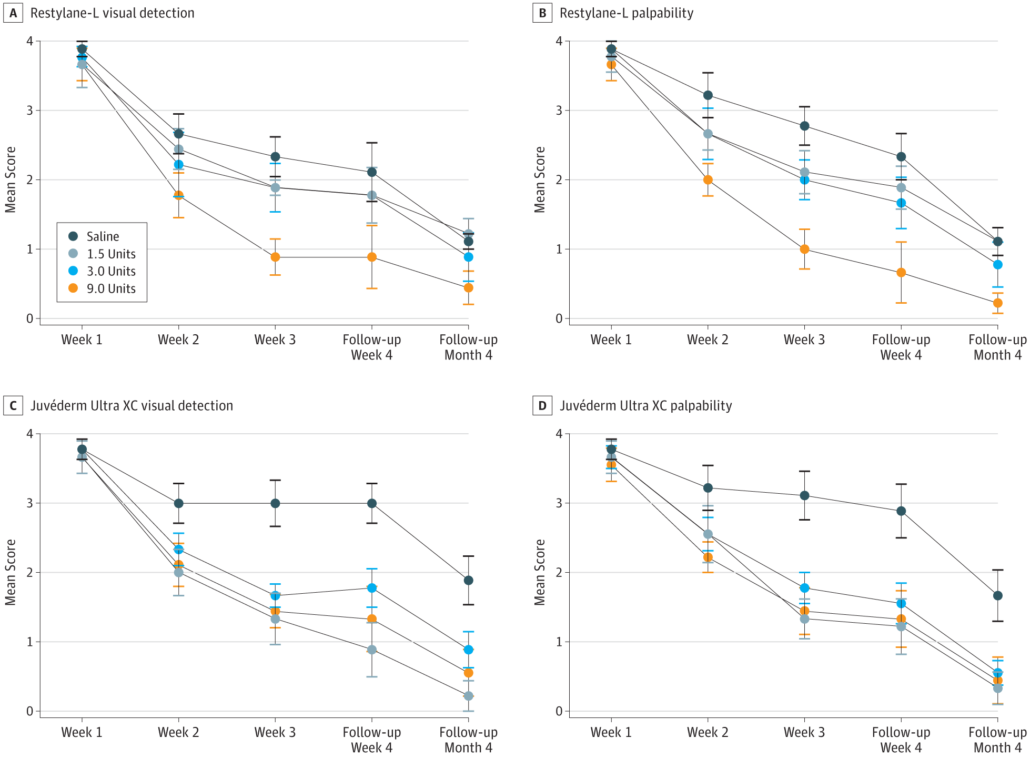
Are there fillers that can't be dissolved?
Yes, there are several types of filler that cannot be dissolved. These include PMMA fillers like Bellafill, PLLA like Sculptra (a collagen stimulator), Calcium Hydroxyapatite (Radiesse), as well as silicone and fat transfer.

Of note: although Radiesse cannot technically be dissolved, it can be “dispersed” allowing the body to break it down faster.
For more on reversing your filler read THIS article
Is it expensive to dissolve filler?
It is recommended to schedule a follow up appointment with your injecting provider to discuss your options. If your desired results are not achieved, or you experienced a bad reaction, some injectors may reverse the filler at no cost. If however, you want to go to a different injector or get a second opinion, costs vary from the amount of hyaluronidase the provider needs to use.
More about our injectable pricing HERE
Side note: it is very important to discuss with your provider what they use to dissolve the filler they are injecting with incase of emergency or high risk. With any injectable treatment there are risks that should be known.
Does dissolving filler hurt?
There are always initial pokes at the insertion site. The medication can be reconstituted with other drugs to make it more comfortable, but when injected alone it can sting quite a bit! Ask your injecting provider what to expect during your treatment, as each office is different. At Elite, we use Lidocaine and Sodium Bicarbonate to make dissolving more comfortable. To schedule a filler dissolving appointment with us, click the pink button below!
Conclusion
When administered safely, with a goal of natural results, to enhance your personal features, dermal fillers and Tox (Botox, Xeomin, Dysport, Jeuveau) are a true confidence boost! Trusting your licensed injector and being aware of risk factors, are highly advised before getting injectables. Luckily there are some ways to alter or fix these mistakes you may encounter.
With all of that being said, keep in mind that even if you go to the most experienced and credentialed injector, side effects and poor outcomes are always possible. They could do everything 100% right and you may just have strange anatomy or a strange response to treatment.
The most important thing here is that you are seeing someone that knows how to handle adverse effects and will continue to work with you for every step of the process to take care of you.
